Cluj-Napoca
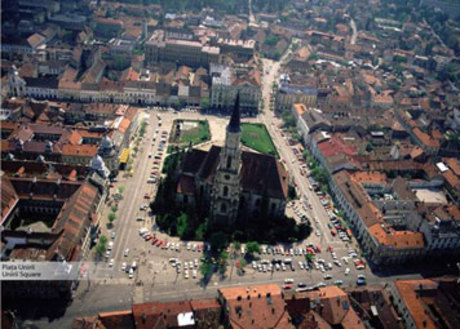
Cluj-Napoca (Romanian) or Kolozsvár (Hungarian), as capital of historical region Transylvania, is one of the most visited cities in Romania. The city, with 310,243 people, is very pleasant, and it is certainly a great experience for those who want to see urban Transylvanian life at its best. Along with fine dining, excellent cultural activities, a wonderful historical legacy and a great atmosphere, the city will certainly not disappoint those who add it to their travel itinerary. What's more is the fact that Cluj (as it's called for short) is so easy to access and get around.
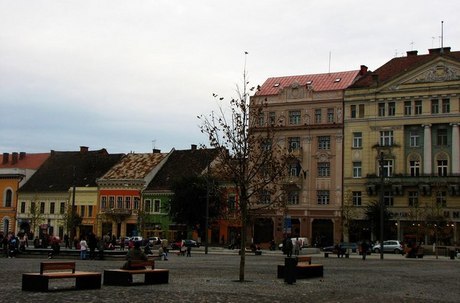
Piaţa Unirii (Romanian for Union Square) is the largest and most important plaza in the Romanian city of Cluj-Napoca. The square is one of the largest in Romania, with dimensions of 220 m by 160 m. The centre of the city spreads out from this square. The St. Michael's Church, with the highest church tower in Romania (80m), is the second largest Gothic-style church in Romania. The church was constructed in two phases. The first from 1316 to 1390 and the second from 1410 to 1487. Also, the statue of King of Hungary Matthias Corvinus is located here. Statue of Matei Corvin was unveiled in 1902 in the Cluj central square, becoming in time one of the distinctive signs of the city
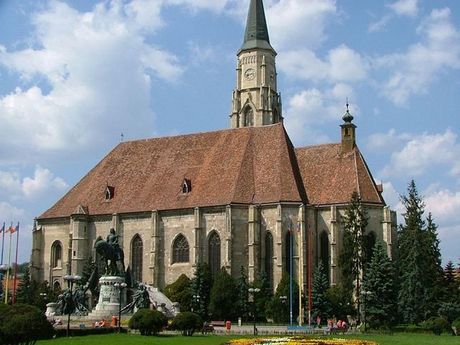
The Church of Saint Michael is a Gothic-style Roman Catholic church in Cluj-Napoca. It is the second largest church (after the Black Church of Brasov) in Transylvania, Romania. The nave is 50 meters long and 24 meters wide, the apse is 20×10 m. The tower with its height of 76 meter (80 meter including the cross) is the highest one in Transylvania. The western portal is decorated with the three coats of arms of Sigismund as King of Hungary, as King of the Czech Kingdom and as Holy Roman Emperor.
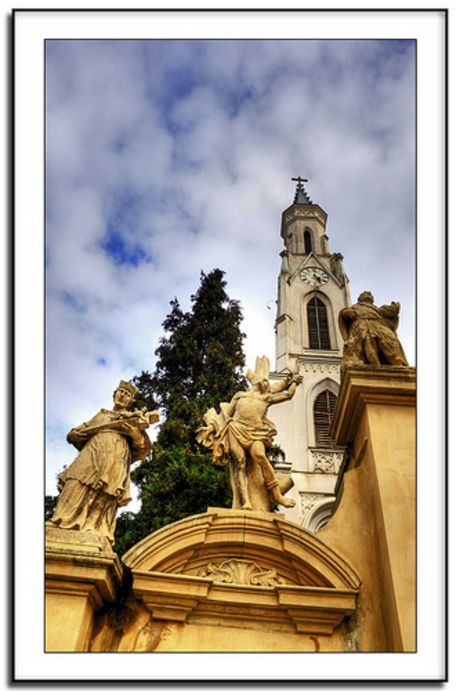
St. Peter and Paul Church - the church was built in 1416 in neolitical style by trade of saints Peter and Paul. Inside and outside the church was painted after the model of the coronation church in Budapest and her current look is due to changes made between 1844-1848. In 1977 church was fully restored.
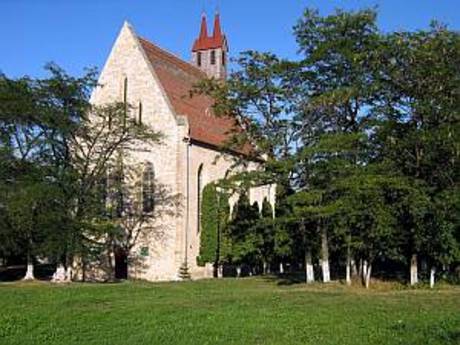
St. Mary Calvaria Church, Cluj-Napoca is one of the most popular churches in Cluj-Napoca. The St. Mary Calvaria Church, Cluj-Napoca can be traced all the way back to the 11th century. A Hungarian king established the St. Mary Calvaria Church, Cluj-Napoca. The St. Mary Calvaria Church, Cluj-Napoca was built on the remnants of the fortification constructed by a local ruler of Romania.
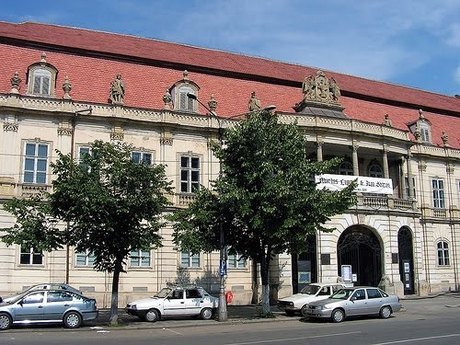
Lying on the eastern side of Market Unification, Banfii Palace was built between 1744 and 1785 by the governor of Transylvania from that time - Banaffi Gyorgy. Palace plans belong to the Austrian architect Blaumann Gerhardt and is considered to be the most representative building in Baroque style in Transylvania. The building houses Art Museum collection since 1951 - valuable paintings, sculpture and graphic belonging to famous Romanian and foreigner artists. The museum is opened Tuesday to Sunday between 12 and 19 hours.
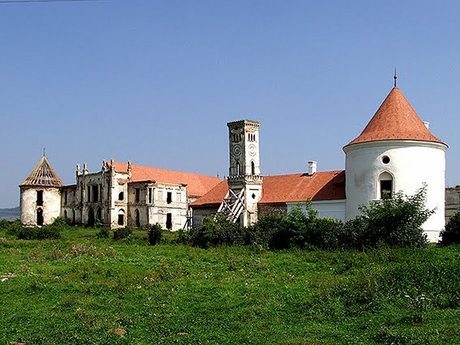
Bánffy Castle (or Bonţida Bánffy Castle) is an architectonic Baroque monument situated in Bonţida (Bonchida / Bruck), a village in the vicinity of Cluj-Napoca, Romania. It was owned by the Bánffy family, and sometimes also called "The Versailles of Transylvania". The today owner is Katalin Bánffy.
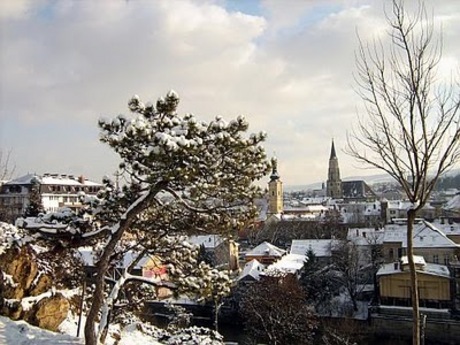
Fortification built during the Habsburg period on the top of the hill with the same name, Cluj Citadel offers a beautiful panorama over the city. It is partly kept the old fortification, built between 1715 and 1735 with walls in the form of a star, a redoubt, a tower and some bastions which surrounded the citadel. Fortification was built primarily for the purpose of ensuring control over the city after Transylvania was under the Austrian domination, but was often used as a prison as well. The citadel is the oldest building of lay Baroque architecture in Transylvania.
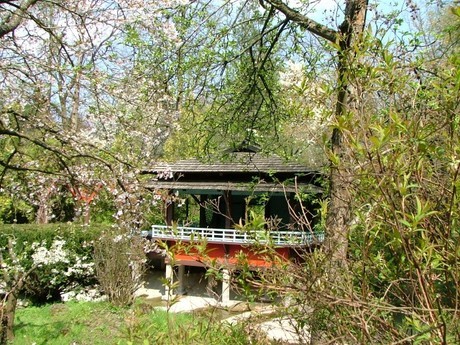
The Cluj-Napoca Botanical Garden, officially Alexandru Borza Cluj-Napoca University Botanic Garden (Romanian: Grădina Botanică Alexandru Borza a Universităţii Cluj-Napoca), is a botanical garden in Cluj-Napoca, Romania. It was founded in 1920 by Alexandru Borza.
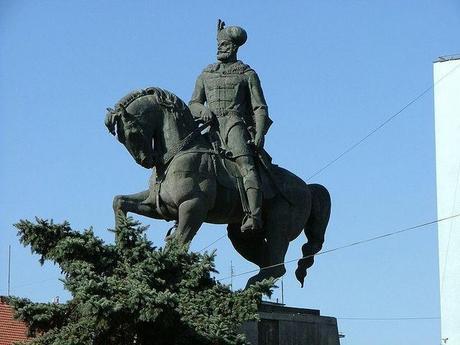
The Mihai Viteazul Square is dominated by the equestrian statue of Michael the Brave (Mihai Viteazul 1558-1601) and is bordered by a few former palaces of fine architecture, but contains as well elements of communist architecture.

